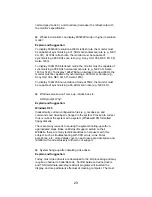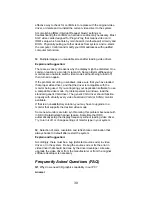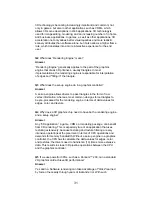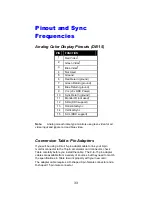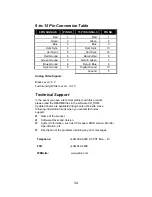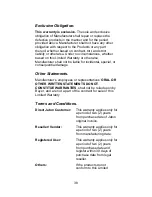
3D technology is becoming increasingly important (and common) not
only in games, but also in other applications such as VRML, which
allows 3D scene descriptions in Web applications. 3D technology is
used for image editing, modeling, and an increasing number of in home
and business applications. In games, as well as other applications, 3D
acceleration not only allows better visual qualities and more realistic
scenery attributes than software alone, but it also allows a higher frame
rate, which translates into a more interactive experience for the end
user.
Q2
What does “Rendering Engine” mean?
Answer
“Rendering Engine” generically applies to the part of the graphics
engine that draws 3D primitives, usually triangles. In most
implementations, the rendering engine is responsible for interpolation
of edges and "filling in" the triangle.
Q3
What does the set-up engine do in a graphics controller?
Answer
A set-up engine allows drivers to pass triangles in the form of raw
vertex information; whereas, most common designs force triangles to
be pre-processed for the rendering engine in terms of delta values for
edges, color, and texture.
Q4
Why does a 3D graphics chip need to have both a rendering engine
and a setup engine?
Answer
Any “3D application”, a game, VRML, or modeling package, can benefit
from 3D rendering. This is especially true of an application that uses
texturing extensively, because texturing and texture filtering are very
intensive operations at the pixel level in terms of CPU operations and
demands for memory bandwidth. Without a set-up engine in a graphics
controller, the CPU has to calculate the delta values for edges, color,
and textures; the drivers need to handle ten (10) times more extensive
data. This results in slower 3D pipeline operations between the CPU
and the graphics controller.
Q5
If we use powerful CPUs, such as a Pentium™ 200, can a standard
2D graphics card achieve 3D performance?
Answer
Yes and no. Software rendering can take advantage of "tricks" learned
by force of necessity through years of trial and error. With such
31













